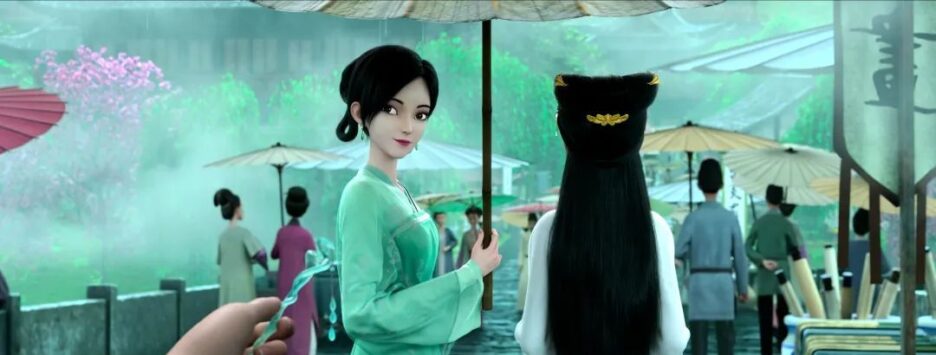01. Controversial Lion
Looking back at the national comic films of the past few years, you will find that “traditional culture” has become a versatile topic.
As the descendants of Yan and Huang, the things and objects that have been refined over thousands of years can easily impact our hearts; after the meticulous craftsmanship of the animation people, these traditional cultures, which are already shining, can glow with new brilliance. , Praised by the audience.
With the advancement of animation production technology, we have long been able to turn the characters and scenes in myths and legends into reality, and give them aesthetics to modern people, making them exude infinite charm.
Even if some animations are not satisfactory in plot, detailed modeling can make every audience intuitively feel the creator’s hard work, and evoke a sense of national pride in their hearts. This is more and more. The reason why Guoman can gain a foothold in the film market.
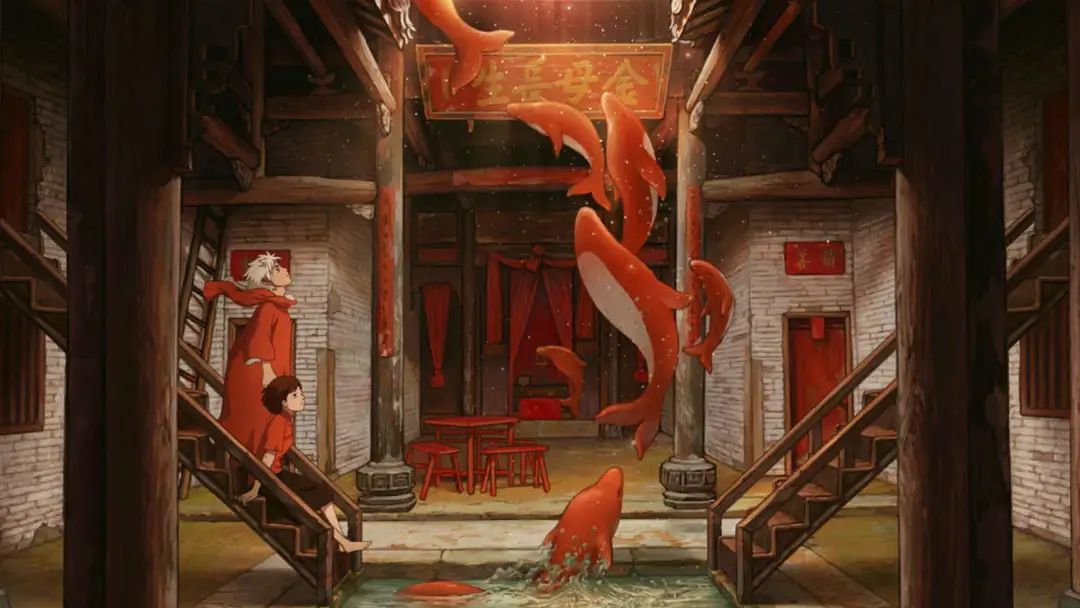
However, in the upcoming 2021, there is such a national comic movie-“Lion Boy”, but chose to “do the opposite.”
Although this animation is based on the lion dance culture of Guangdong and has a solid heritage of traditional culture, it has abandoned the mainstream fairy tales, myths, and fantasy themes, and has approached the realm of realism that few people have set foot in in the history of 3D Chinese comics.
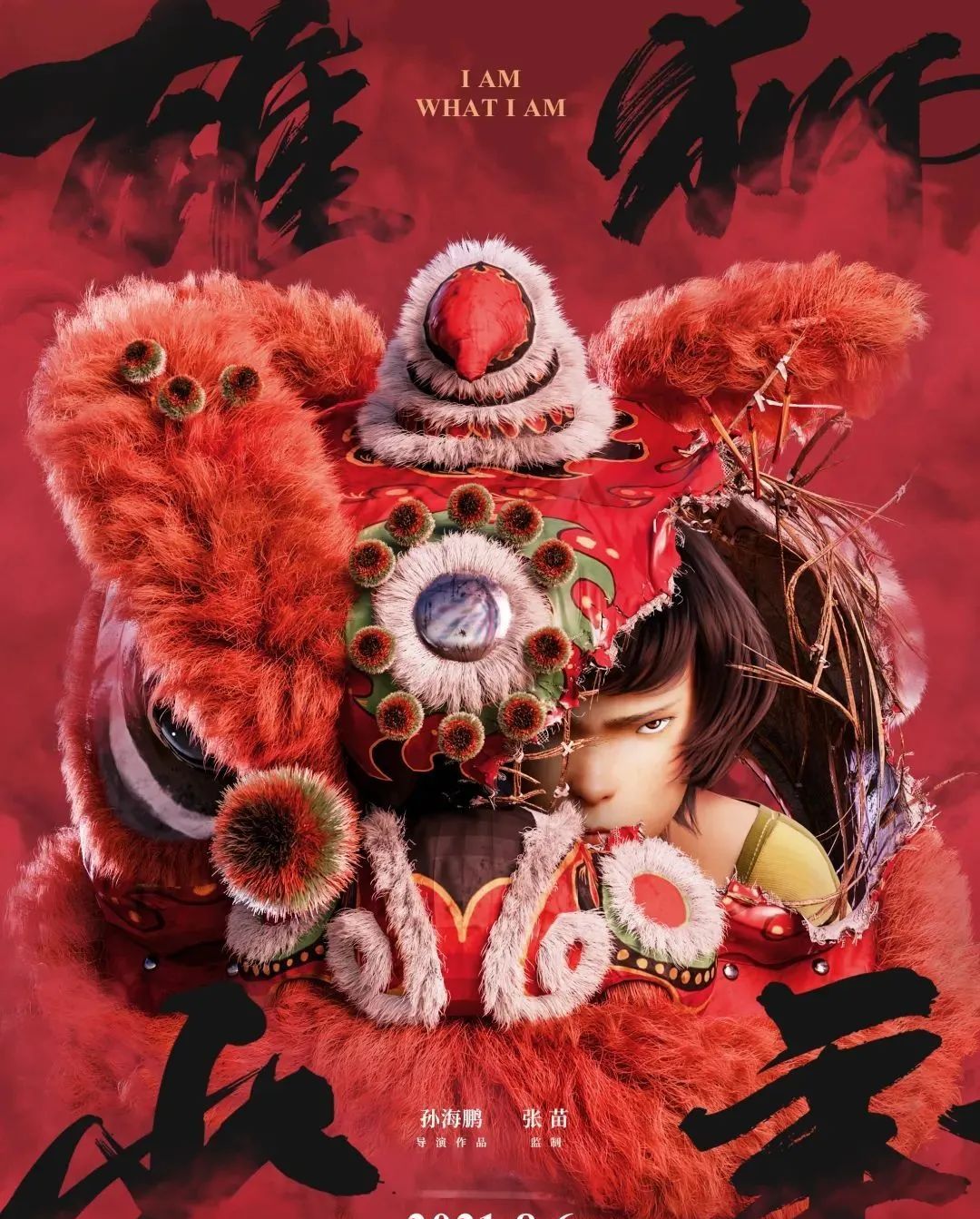
This kind of realism is not only its selling point, but also its controversy.
At present, the public opinion center of “The Lion Boy” is still the appearance of the three protagonists who are different from the mainstream Internet celebrity face, beautiful face, or daily face.: A Juan’s eyes are small, the distance between the eyes is large, the shape of Amao is ruined, his mouth is full of bulging teeth, and Agou has a plump body and is slightly sluggish.

In the opinion of some netizens, at a time when modeling technology is becoming more mature, creating such a ugly character is an insult to the Chinese people, or is it an insult to the Cantonese of its prototype?
With the spread of public opinion, the audience’s views on the modeling of the three protagonists have become polarized. Through media surveys, it is found that the starting point of public opinion ultimately points to the director of “The Lion Boy” —Sun Haipeng.
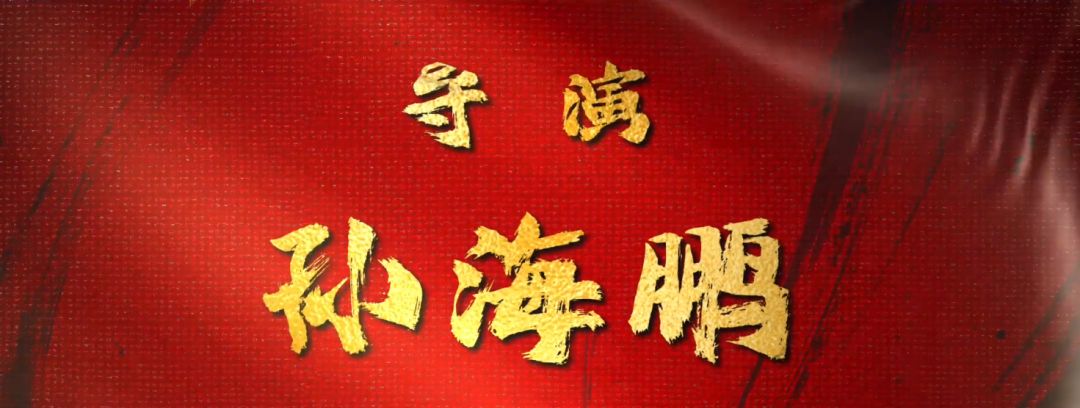
In an interview with the media, he said that the maturity of animation technology allows us to create many fantasy scenes, but in the realism field, Guoman is almost a blank.
To this end, he wants to create an animation that is close to reality and has a pyrotechnic atmosphere; at the same time, he also wants to change the current audience’s blind pursuit of Internet celebrity aesthetics, and enrich the diversity of animation with anti-mainstream aesthetics.
The final result is these three protagonists who are deeply involved in appearance disputes.

Obviously, the design of the three protagonists was carefully thought out by director Sun Haipeng, and this bold attempt was not only derived from the above-mentioned ideas, but also from the numerous collisions between reality and soul during his 18-year career. And interweave.
02. An ordinary person who works hard, creates a realistic story
Sun Haipeng graduated from Hubei Academy of Fine Arts. The reason why he became involved with animation was purely an accident.
During college, Haipeng Sun’s major was related to watercolor. Due to limited opportunities for employment, he taught himself 3D software and went to work in an advertising company after graduation. During this period, out of responsibility and enthusiasm, Haipeng Sun came to learn everything. , Became the “magazine” in the eyes of colleagues, and because of this process, he also mastered the skills of animation production.
With the tide of work going south, he came to Shenzhen to work for a certain animation company, and was tired of some experience in animation production.
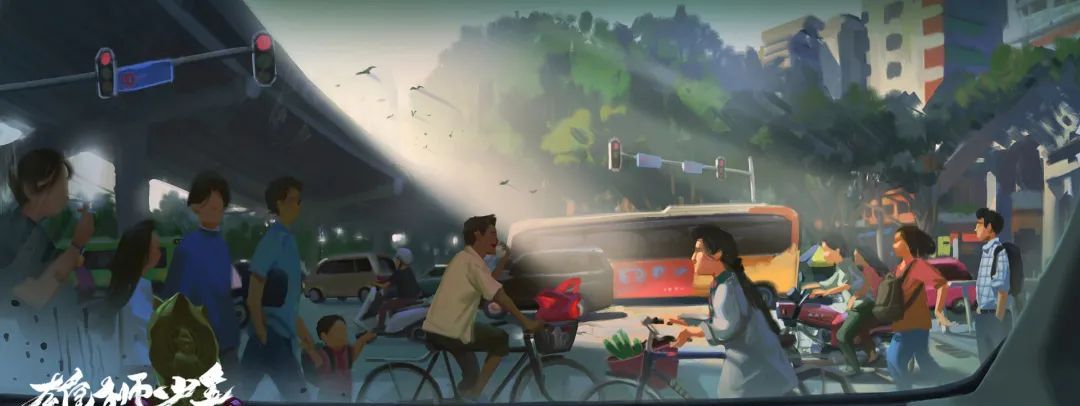
Later, Haipeng Sun came to Guangzhou for development and formed his own small team to undertake some animation projects of TV stations. But over the years, the wages you can earn from doing animation can only make ends meet. In the more than ten years of living in Guangzhou, he was gradually infected by the smell of fireworks here.
As stated in the opening of “The Lion Boy”, the lion dance is an excellent folk art, which is divided into north and south. The southern lion is also called the waking lion. In the southern region, there must be a lion dance to add to the excitement every new year or when there are major festive events.
During his time in Guangzhou, Sun Haipeng often watched lion dance performances during the opening of new stores or during holidays, but the lion dance at this time was just a boring show for him.

It was not until one year when his family rushed from Hubei to Guangdong to spend the Spring Festival with him. When they passed by a shopping mall, the atmosphere of the Lion Dance Team celebrating the Spring Festival deeply touched Sun Haipeng.
At this time, he realized that after hundreds of years of inheritance, lion dance has long been sublimated from a folk show to an art culture. The reason why it can endure and resound all over the world is because every Chinese has one in his heart. The lion, whenever the gongs and drums sound, the lion will awaken people’s homesickness.
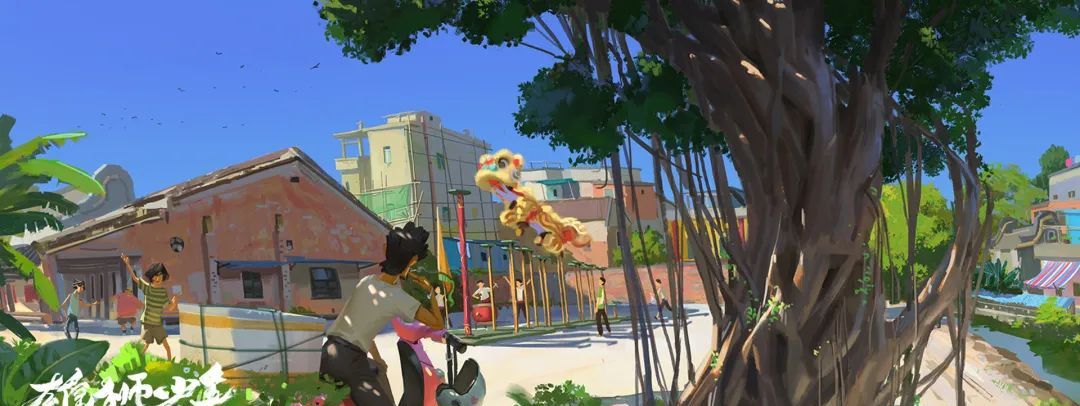
Later, after searching online and visiting on site, he learned that there are still many rural areas in Guangdong that still retain the ancient lion dance culture. Those young people who learn lion dance are mostly left-behind children. Due to the lack of parental care, they are usually straightforward and unrestrained. In order to let these naughty teenagers settle down, the older generation will send them to the ancestral hall to learn lion dance. .
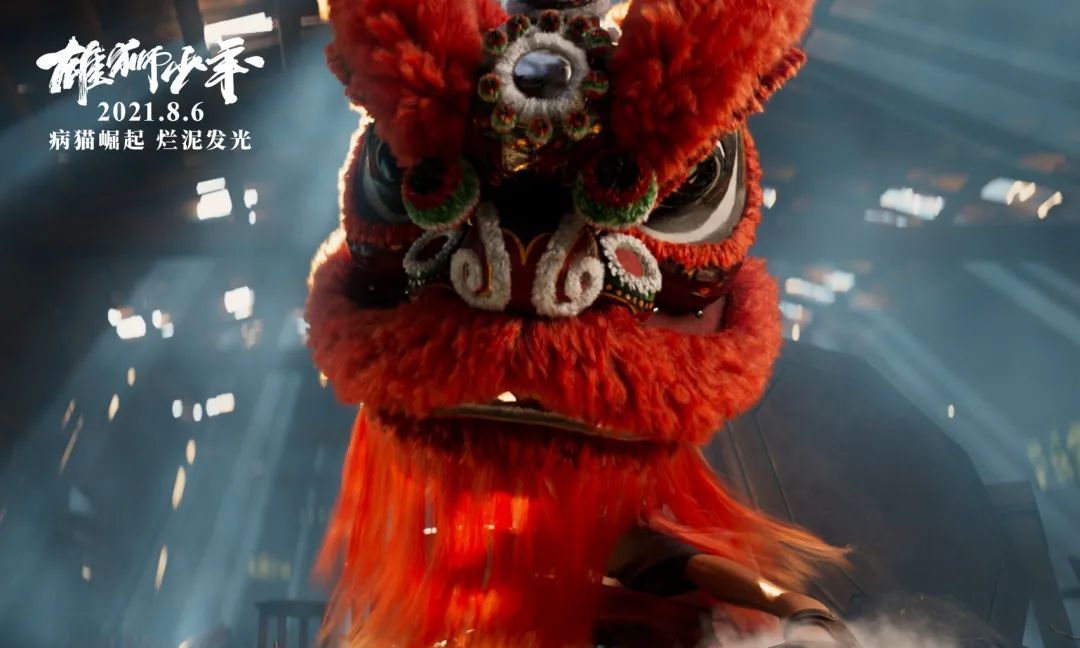
Ever since, these teenagers go to school during the day and study in some ancient ancestral halls at night. For them, lion dance is not a solemn and high-level thing, nor does it take the inheritance of Chinese fine traditional culture as their responsibility.
The reason why they danced with lion heads and beat gongs and drums was just that they were coaxed in by the elders in the family to learn a skill and pass the time.
After the expiration of the term, most of them will follow in the footsteps of their parents and work hard in a large economically developed city. And this is the prototype of the three protagonists.
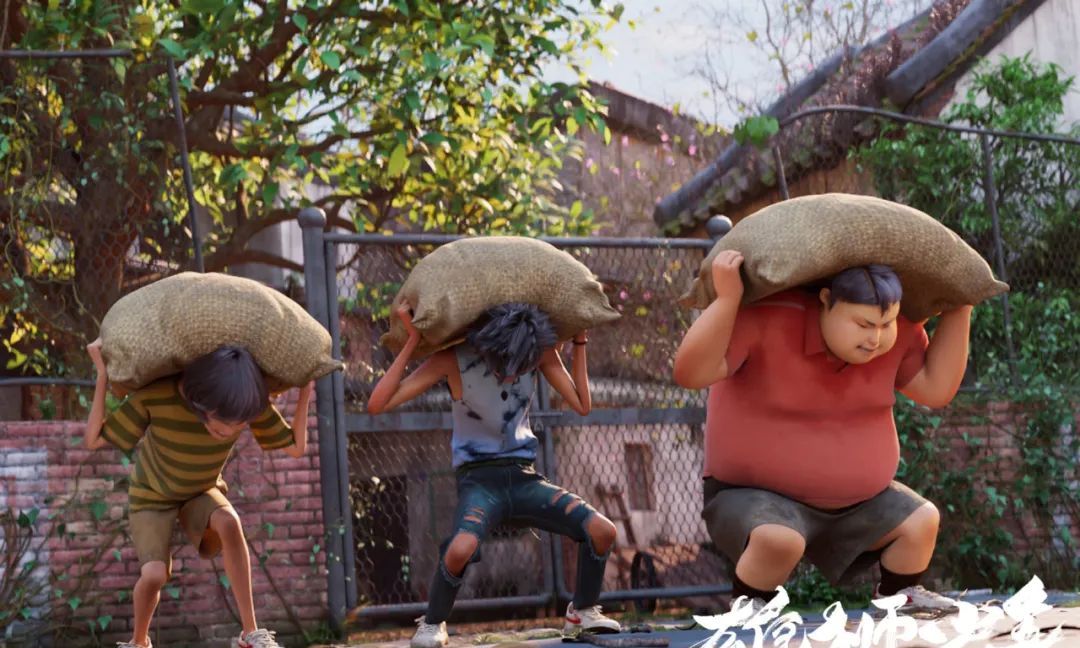
It is because of the lion dance, the countryside and the teenagers that are very pyrotechnic and full of vitality, Sun Haipeng has the idea to create an animated film based on these three themes.
Having said that, he didn’t want to imitate the current mainstream and make a myth and legend, but wanted to be completely realistic, a realistic story of ordinary people’s struggle, in order to impress every audience.

As an animation creator, Sun Haipeng has never been confined to one place to draw nourishment. In addition to some popular American comics and Japanese comics, he also loves the movies of Stephen Chow and Wong Kar Wai, and learns the photography techniques, life atmosphere and character creation among them.
Therefore, in “The Lion Boy”, we can feel the taste of Zhou-style comedy and the king-style lens language, which is real and full of spirituality, so that the image of each character is unknowingly standing up.

“Juvenile spirit” is the richest element in the animation. From being bullied and looked down upon, Ajuan, Amao and Agou began to overcome difficulties after being exposed to lion dance, gradually grow up, and finally realize themselves;
Master Xian Yuqiang once gave up lion dance, but in the process of teaching the three protagonists, he heard the true thoughts in his heart, and once again ignited the youthful spirit in his heart, and set out for lion dance.
The same is true for Sun Haipeng.
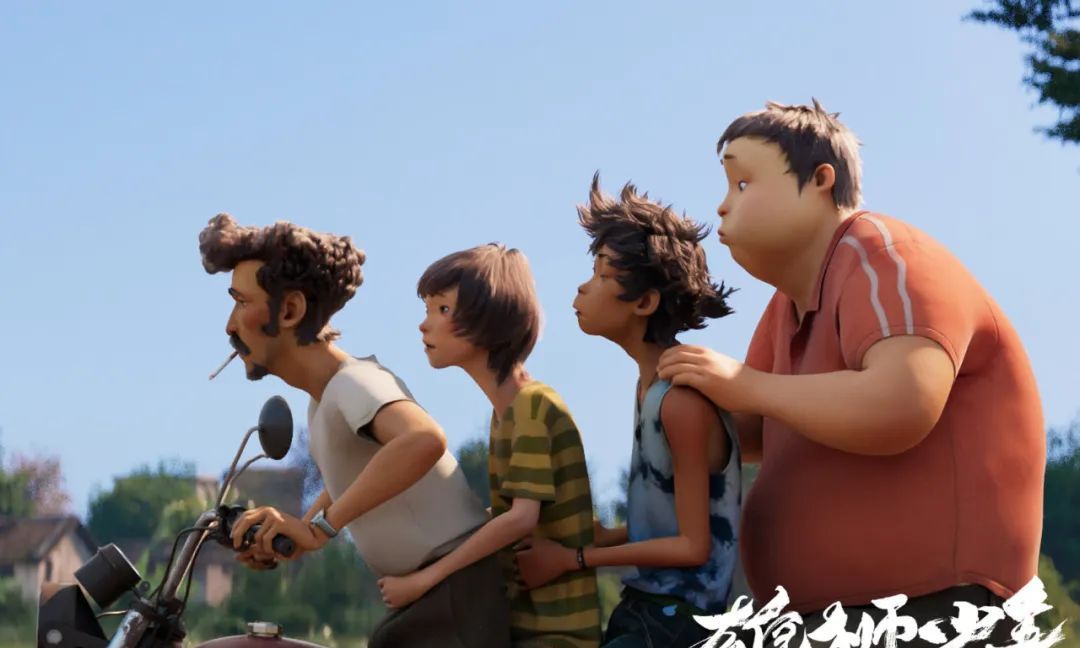
Although he graduated from the University of Fine Arts and received the influence of art, Sun Haipeng was actually just a simple young man in a small town. He grew up in Huji Town, Zhongxiang City, Hubei Province. He had no talents and he studied hard for twelve years. Then go to the city to study.
After graduation, together with countless fresh graduates, he first became a screw of the city (Sun Haipeng did a lot of odd jobs before setting foot in the animation industry). During this time, he lived a hard life of sleeping on the floor and renting a basement.

After officially stepping into the animation industry, he was also buried in obscurity. Only some practitioners occasionally noticed his name in the ending credits and award-winning lists of some animations. It wasn’t until I made some achievements that my work gradually improved.
Before making “The Lion Boy”, Haipeng Sun already had his own series of animations—“Baoqiang series”.
Since 2007, he has created a series of “Bao Qiang” animated short films. When the 3D technology just started in China, he showed his superb and flexible modeling and won a huge response on the Internet.
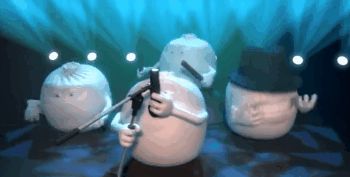
After accumulating experience, he formed a team to create the “Food Adventure” series. For Zhang Haipeng, this series is not just an animation for entertainment, but intends to treat it as a Chinese original animation work comparable to Hollywood.
At this time, Haipeng Sun, like other domestic animation creation teams, sought inspiration from myths and legends, and did not tell human stories. From the perspective of the character setting alone, this animation still cannot escape the fate of being labeled “younger”, but compared to other younger domestic animations, its story embodies the efforts and enthusiasm of the creators. Chinese characteristics.

The story of the “Food Adventure” series takes place in a magical food world. It is based on the myth of “Nu Wa creating a human” and tells the story of a cook named “Nu Wa” who uses ingredients to create something like a human being. Food (even natural landscapes are made of food), and with the protagonist Bao Qiang as the head, embark on a wonderful adventure across seven continents and four seas.

In order to restore the true texture of food, Sun Haipeng directly turned the office into a kitchen (x).
For example, in the movie version of “Hero Stew”, it appears that Bao Qiang and Musashi accidentally encountered a fire while passing through the bread corn field. These bread crusts quickly expanded and burst into pulp when exposed to heat.
Before modeling, he first bought the bread himself and put it in the oven to observe the various changes in the shape, volume and texture as it expanded. After figuring out the pattern of change, I started to create.
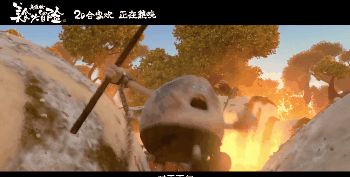
At the same time, in order to coordinate the integration of food with Chinese architecture, after understanding the structure of the building, he tried to assemble it with food personally to ensure that the building models made of food did not look like a play. Model the prototype.
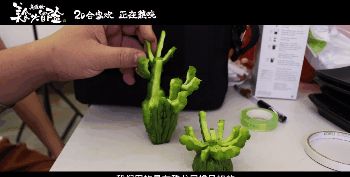
It is precisely with this craftsmanship and compact plot that “Gourmet Adventure Hero Stew” breaks the audience’s low-age stereotype of “inhuman animation”.
Whether it’s a TV animation or an animated film, the “Food Adventure” series has won well-known awards or nominations at home and abroad (such as being shortlisted for the animation Oscars in France Angxi Animation Festival), becoming a neglected “National Comic” Light”.

Seeing his team gradually gaining ground, he also recalled the idea of making a lion dance animation. When he proposed his idea to Zhang Miao (the producer of “The Lion Boy”), he quickly got approval ‘S reply.
More importantly, Zhang Miao agrees that he can create in a realistic style from the character to the scene, but the requirement is to complete the film within two years (because the market’s wind direction changes day by day), and at this time, Haipeng Sun’s team , But only more than 40 people.
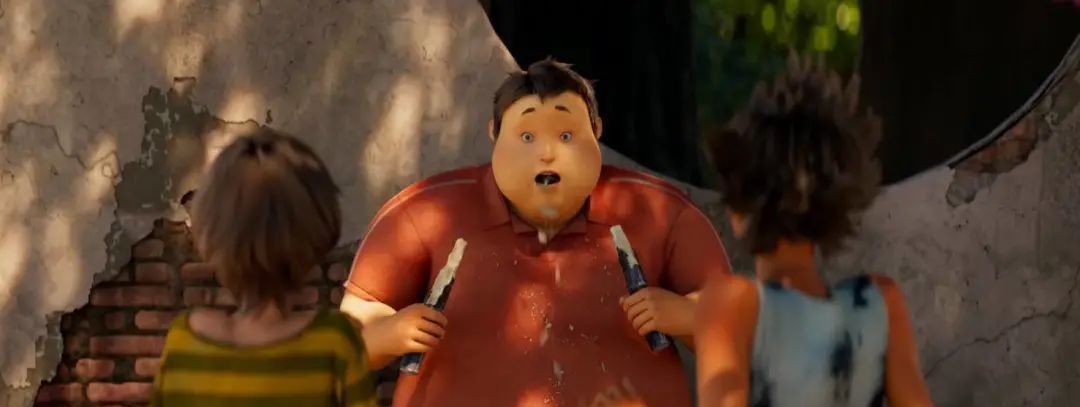
In order to deliver the task as scheduled, Sun Haipeng and his team put in almost all their efforts. Except for handing over part of the animation to the outsourcing company, all special effects and rendering are handled by their own team, and some physical calculations, rendering and other processes It is almost done independently by a few veterans (it is said that only 1 frame can be made in 10 hours).

For example, the hair of the lion head and lion tail needs to be modeled and calculated one by one, especially the part of the lion tail. Since the overall structure was not clarified at the beginning, the whole lion dance was not realistic enough. Finally, after the structure is explained , Was rebuilt and completed the lifelike lion in the film today.
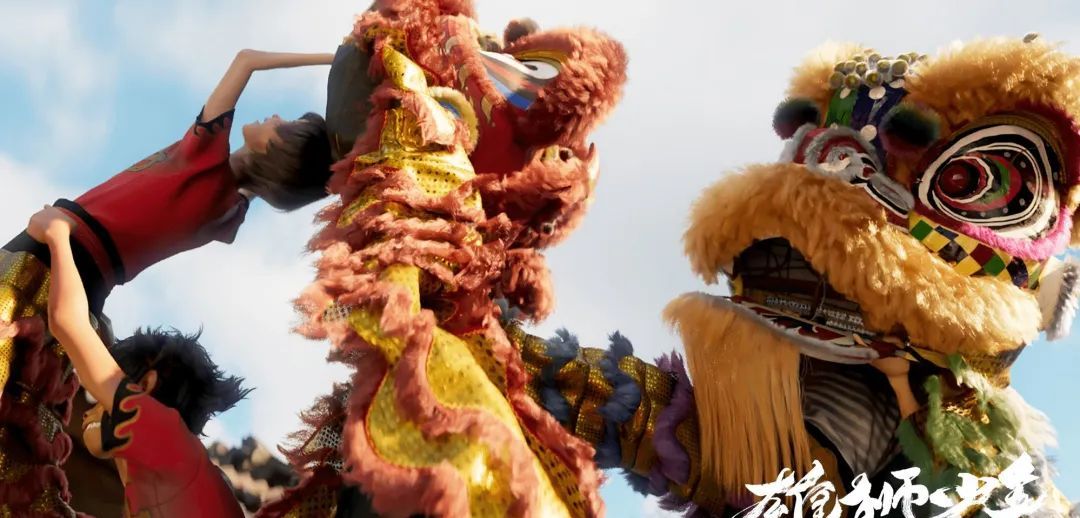
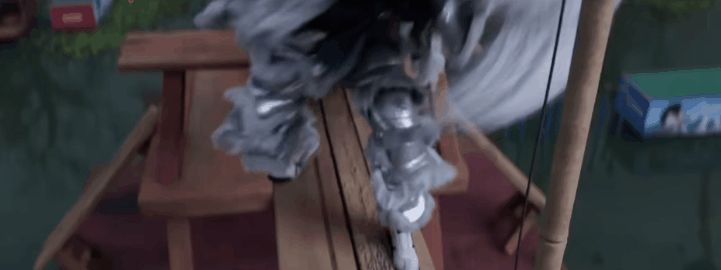
In order to restore the most authentic rural landscape, Haipeng Sun’s team has also traveled back and forth between the company and the location for many times to observe how the plants in the countryside grow and how to make the model to restore the most natural texture. The work of framing alone lasted for a year.
As for the appearance of the most controversial character, Sun Haipeng did not deliberately demonize anyone’s ideas, but only portrayed an ordinary, ubiquitous, and life-rich character.

And this is also the most important part of the realistic work. If it is designed to be as bright and eye-catching as in the American comics and Japanese comics, it will easily create a sense of fragmentation for the audience, unable to substitute for the characters, and unable to comprehend the emotions that the animation wants to convey.
It can be said that Sun Haipeng himself is as youthful as the characters in the animation. After making a decision, he will put all his efforts into moving forward.
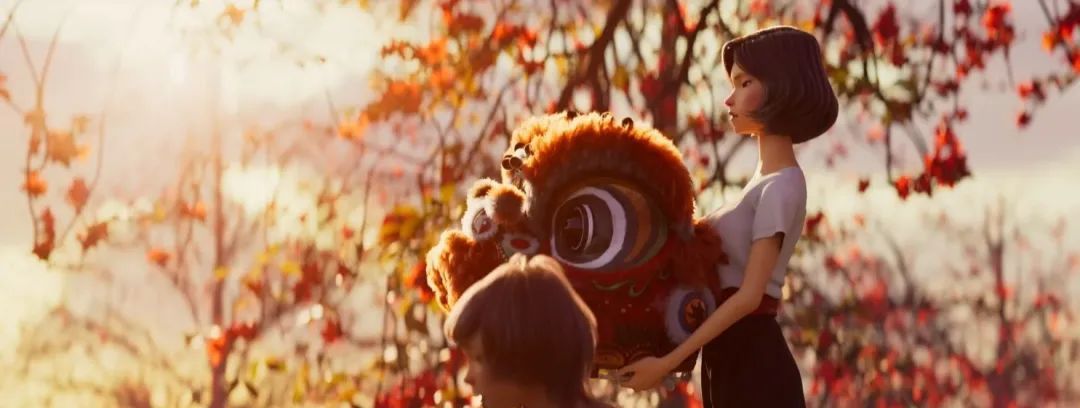
It is this kind of action that enabled him to complete an animation like “The Lion Boy” in two years, which is exceptionally brilliant in both the plot and the screen.
It is also the passion of a teenager that allows him to always adhere to a realistic style and firmly believe that such an ordinary character with a scent of fireworks can move people’s hearts.
03. Conclusion
He was born in a small city, worked hard in the city, was moved by a lion dance, and worked hard but was controversial… It is difficult to tell whether Sun Haipeng is like A Juan or a salted fish. Maybe no one is like him. He is just himself.
But 14 years of animation production (from the release of the “Bao Qiang” short film to the release of “The Lion Boy”, a full 14 years have passed), like every character in the film, he has a lion in his heart. Roar out the inner thoughts in the form of creation.

Regarding the controversy over personality, I think there will never be a clear conclusion about who is right and who is wrong. After all, aesthetics is a concept full of personal subjective colors.
It’s just in the constant debate, I hope people can realize that this world is not black and white. It has many colors. Only by learning to understand and tolerate can you feel the beauty in it, and the same is true for aesthetics.
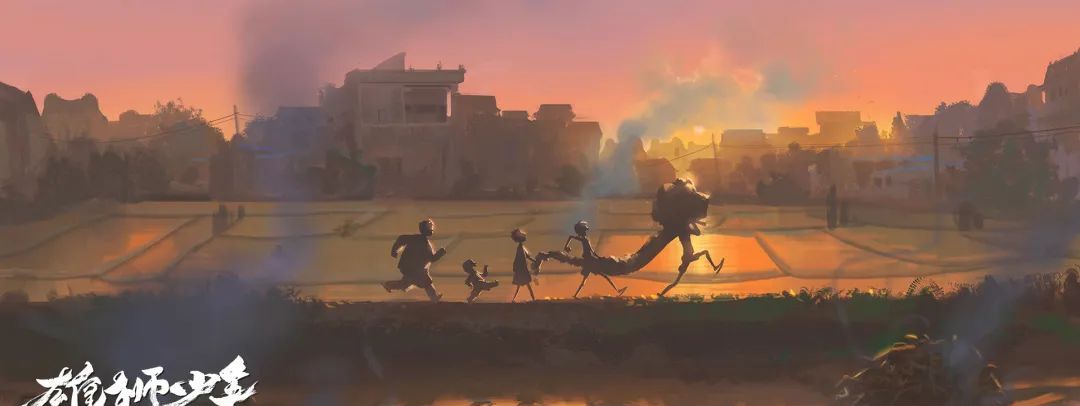
I admire Director Sun Haipeng’s courage and determination to bring Ajuan, Amao, and Agou on the stage of the National Comic.
It is these three not-so-satisfactory characters that allow more people to explore the possibilities of realistic animation.

